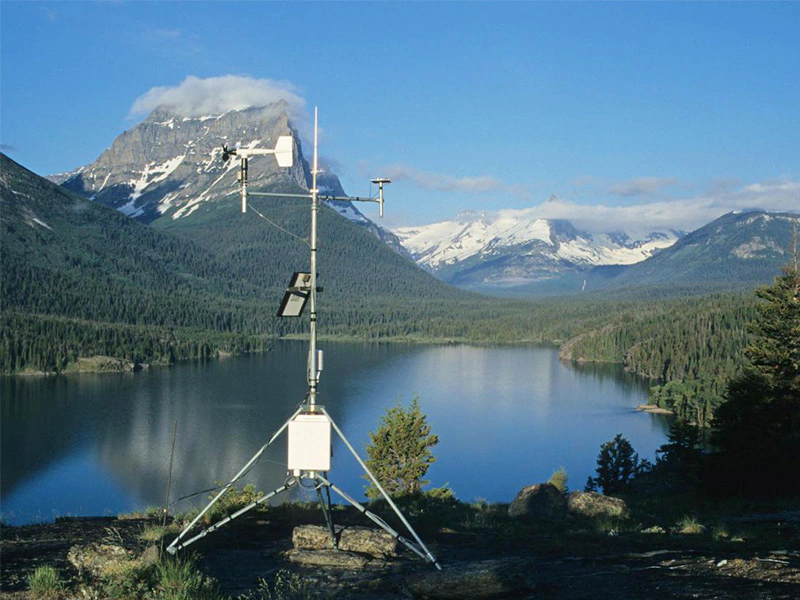
# Meteorological Station: Monitoring Weather Patterns and Climate Data
Introduction to Meteorological Stations
A meteorological station is a facility equipped with instruments and devices designed to observe and record atmospheric conditions. These stations play a crucial role in weather forecasting, climate research, and environmental monitoring. By collecting data on temperature, humidity, wind speed, precipitation, and other variables, meteorological stations provide valuable insights into weather patterns and long-term climate trends.
Key Instruments Found in Meteorological Stations
Modern meteorological stations typically include several essential instruments:
- Thermometer: Measures air temperature
- Barometer: Records atmospheric pressure
- Hygrometer: Measures humidity levels
- Anemometer: Tracks wind speed and direction
- Rain gauge: Measures precipitation amounts
- Pyranometer: Measures solar radiation
Types of Meteorological Stations
Meteorological stations can be categorized based on their location and purpose:
Surface Weather Stations
These are the most common type, located at ground level to measure surface weather conditions. They may be manual or automated (AWS – Automatic Weather Stations).
Upper-air Stations
These stations use weather balloons (radiosondes) to collect data about atmospheric conditions at various altitudes, providing crucial information for weather forecasting models.
Marine Weather Stations
Located on ships, buoys, or offshore platforms, these stations monitor weather conditions over oceans and large water bodies, which is essential for maritime safety and hurricane tracking.
The Importance of Meteorological Data
The data collected by meteorological stations serves numerous critical purposes:
- Improving weather forecasts and severe weather warnings
- Supporting aviation and maritime navigation
- Aiding agricultural planning and crop management
- Contributing to climate change research
- Supporting renewable energy production (wind and solar farms)
- Informing urban planning and infrastructure development
Technological Advancements in Meteorological Stations
Recent technological developments have significantly enhanced meteorological station capabilities:
- Automation of data collection and transmission
- Integration with satellite and radar systems
- Improved sensor accuracy and durability
- Real-time data sharing through digital networks
- Use of artificial intelligence for data analysis
Challenges in Meteorological Observation
Despite technological progress, meteorological stations face several challenges:
- Maintaining instrument accuracy in harsh environments
- Ensuring consistent data quality across global networks
- Addressing gaps in coverage, particularly in remote areas
- Managing the increasing volume of weather data
- Securing stations against vandalism and wildlife interference
The Future of Meteorological Stations
As climate change accelerates and weather patterns become more unpredictable, the role of meteorological stations will continue to grow in importance. Future developments may include:
- More compact and portable station designs
- Greater integration with Internet of Things (IoT) technologies
<li
Keyword: meteorological station